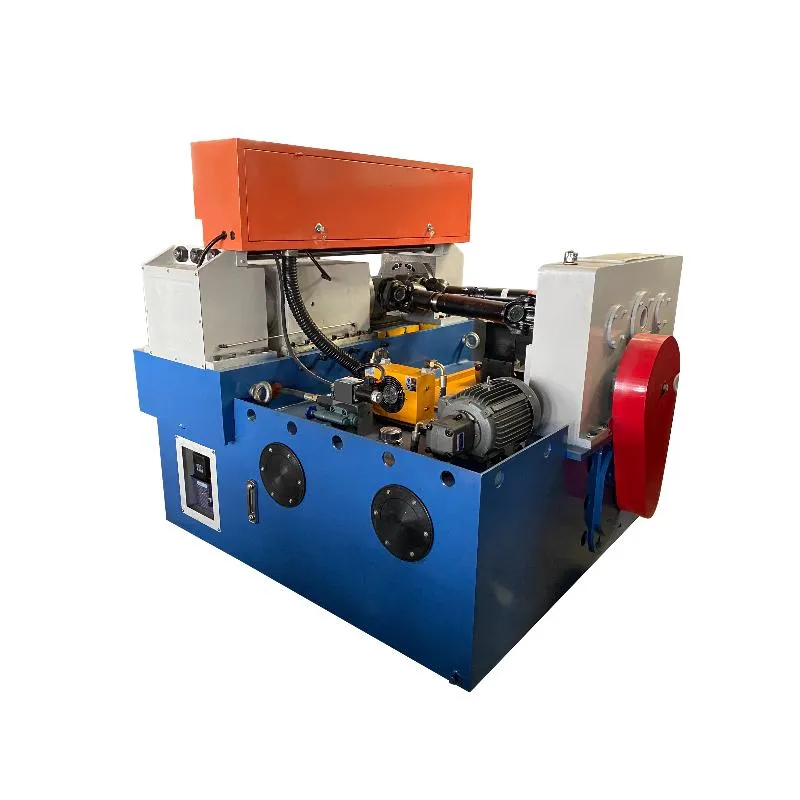
-
 Afrikaans
Afrikaans -
 Albanian
Albanian -
 Amharic
Amharic -
 Arabic
Arabic -
 Armenian
Armenian -
 Azerbaijani
Azerbaijani -
 Basque
Basque -
 Belarusian
Belarusian -
 Bengali
Bengali -
 Bosnian
Bosnian -
 Bulgarian
Bulgarian -
 Catalan
Catalan -
 Cebuano
Cebuano -
 Corsican
Corsican -
 Croatian
Croatian -
 Czech
Czech -
 Danish
Danish -
 Dutch
Dutch -
 English
English -
 Esperanto
Esperanto -
 Estonian
Estonian -
 Finnish
Finnish -
 French
French -
 Frisian
Frisian -
 Galician
Galician -
 Georgian
Georgian -
 German
German -
 Greek
Greek -
 Gujarati
Gujarati -
 Haitian Creole
Haitian Creole -
 hausa
hausa -
 hawaiian
hawaiian -
 Hebrew
Hebrew -
 Hindi
Hindi -
 Miao
Miao -
 Hungarian
Hungarian -
 Icelandic
Icelandic -
 igbo
igbo -
 Indonesian
Indonesian -
 irish
irish -
 Italian
Italian -
 Japanese
Japanese -
 Javanese
Javanese -
 Kannada
Kannada -
 kazakh
kazakh -
 Khmer
Khmer -
 Rwandese
Rwandese -
 Korean
Korean -
 Kurdish
Kurdish -
 Kyrgyz
Kyrgyz -
 Lao
Lao -
 Latin
Latin -
 Latvian
Latvian -
 Lithuanian
Lithuanian -
 Luxembourgish
Luxembourgish -
 Macedonian
Macedonian -
 Malgashi
Malgashi -
 Malay
Malay -
 Malayalam
Malayalam -
 Maltese
Maltese -
 Maori
Maori -
 Marathi
Marathi -
 Mongolian
Mongolian -
 Myanmar
Myanmar -
 Nepali
Nepali -
 Norwegian
Norwegian -
 Norwegian
Norwegian -
 Occitan
Occitan -
 Pashto
Pashto -
 Persian
Persian -
 Polish
Polish -
 Portuguese
Portuguese -
 Punjabi
Punjabi -
 Romanian
Romanian -
 Russian
Russian -
 Samoan
Samoan -
 Scottish Gaelic
Scottish Gaelic -
 Serbian
Serbian -
 Sesotho
Sesotho -
 Shona
Shona -
 Sindhi
Sindhi -
 Sinhala
Sinhala -
 Slovak
Slovak -
 Slovenian
Slovenian -
 Somali
Somali -
 Spanish
Spanish -
 Sundanese
Sundanese -
 Swahili
Swahili -
 Swedish
Swedish -
 Tagalog
Tagalog -
 Tajik
Tajik -
 Tamil
Tamil -
 Tatar
Tatar -
 Telugu
Telugu -
 Thai
Thai -
 Turkish
Turkish -
 Turkmen
Turkmen -
 Ukrainian
Ukrainian -
 Urdu
Urdu -
 Uighur
Uighur -
 Uzbek
Uzbek -
 Vietnamese
Vietnamese -
 Welsh
Welsh -
 Bantu
Bantu -
 Yiddish
Yiddish -
 Yoruba
Yoruba -
 Zulu
Zulu
Understanding the Operation of OEM Thread Rolling Machines for Efficient Production
Understanding OEM Thread Rolling Machines and Their Working Mechanism
Thread rolling is a crucial manufacturing process utilized in various industries, particularly in the production of fasteners, bolts, and screws. Original Equipment Manufacturers (OEMs) often utilize specialized machines to ensure the efficiency and precision of their threading operations. This article delves into the functionality of OEM thread rolling machines, exploring how they work and their significance in modern manufacturing.
What is Thread Rolling?
Thread rolling is a cold forming process where external threads are formed on cylindrical parts through the plastic deformation of material. Unlike traditional machining methods, which remove material to create threads, thread rolling displaces material. This not only enhances the material's strength but also reduces waste, making it a cost-effective and environmentally friendly manufacturing method.
The Role of OEM Thread Rolling Machines
OEM thread rolling machines are designed to perform this process with high precision and consistency. These machines are engineered to meet the specific requirements of manufacturers, ensuring that they can produce high-quality threads that fit a wide range of applications. The machines are generally classified into three types flat die, cylindrical die, and planetary rolling.
1. Flat Die Rolling This type involves two flat dies that work together to form threads on the workpiece. The cylindrical part is fed between the dies, which exert pressure to create the desired thread profile. This method is efficient for producing longer parts and is commonly used for bolts and screws.
2. Cylindrical Die Rolling In this method, the workpiece is rolled between two symmetrical, cylindrical dies. This allows for creating intricate thread profiles and is often used for shorter parts. The cylindrical die rolling method is popular for high-speed production with consistent quality.
3. Planetary Rolling This advanced technique involves multiple rollers that rotate around a central point. It is highly efficient for producing complex thread designs and is often used in applications requiring high accuracy and precision.
oem thread rolling machine working

Working Mechanism of OEM Thread Rolling Machines
The operation of thread rolling machines is characterized by their ability to transform raw material into finished threaded products while maintaining tight tolerances. The process begins with the loading of a cylindrical workpiece into the machine. Once set, the machine's control system adjusts parameters based on the material type, desired thread profile, and specific production requirements.
The workpiece is then engaged with the rolling dies, which apply significant pressure as they move toward each other. This force causes the material to flow into the thread shape defined by the dies. The speed and force applied during this operation are critical; too much speed can lead to defects, while too little can decrease productivity.
The process is continuous, allowing for the rapid, high-volume production of threaded parts. As the workpiece moves through the threading zone, it undergoes a transformation into a precise threaded component ready for further processing or direct use.
Benefits of Using OEM Thread Rolling Machines
The advantages of using OEM thread rolling machines in manufacturing are numerous
- Strength Thread rolling enhances the material's strength due to the work hardening effect, making the final product more durable. - Efficiency The cold-forming process allows for faster production rates compared to traditional machining methods. - Cost-Effectiveness By minimizing material waste and reducing production times, OEM thread rolling machines significantly lower manufacturing costs. - High Precision These machines are capable of producing high-tolerance threads, ensuring compatibility and reliability in their applications.
In conclusion, OEM thread rolling machines play a vital role in modern manufacturing by providing efficient, precise, and cost-effective solutions for producing threaded components. With advancements in technology, these machines continue to evolve, helping manufacturers meet the demanding standards of today’s industries. Understanding their operation and benefits can greatly influence a manufacturer’s productivity and product quality, ultimately enhancing their competitive edge in the marketplace.
